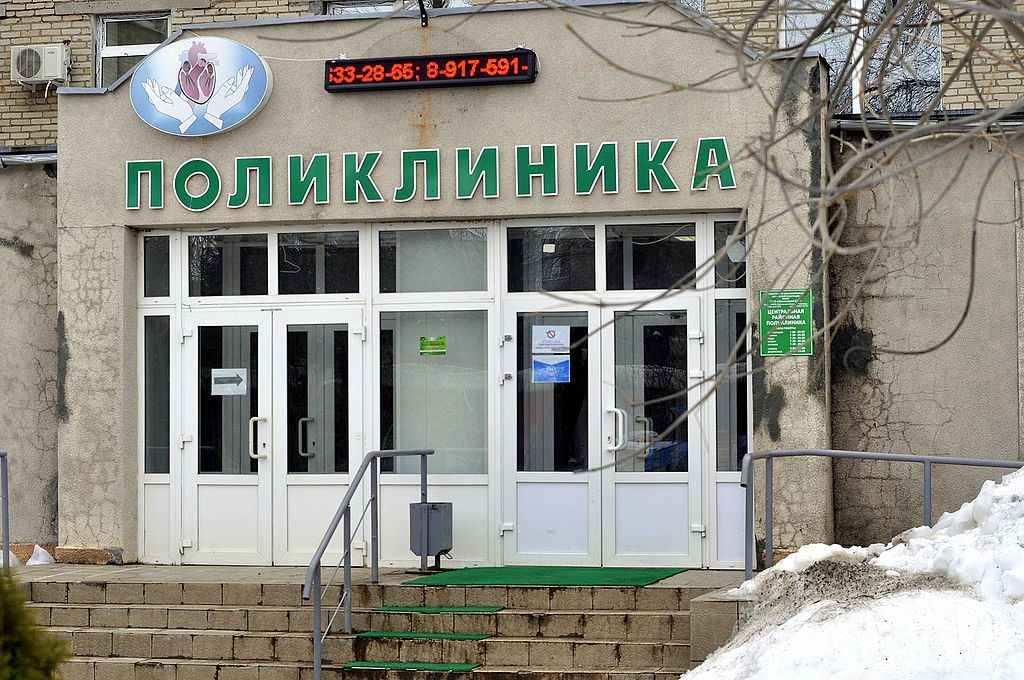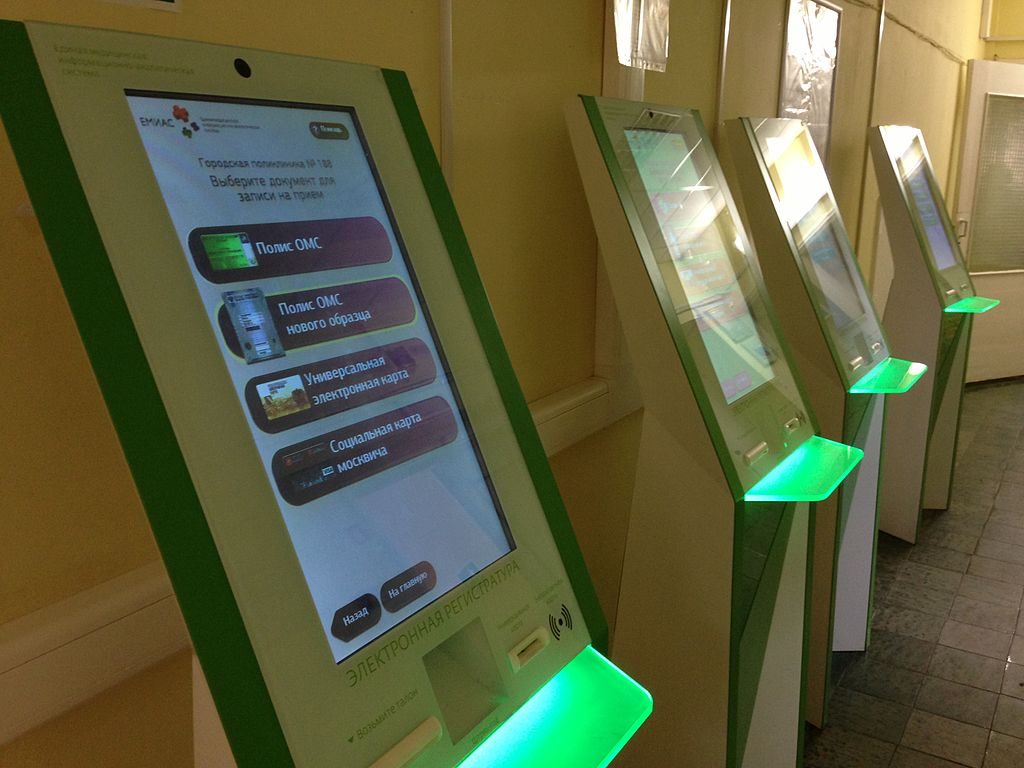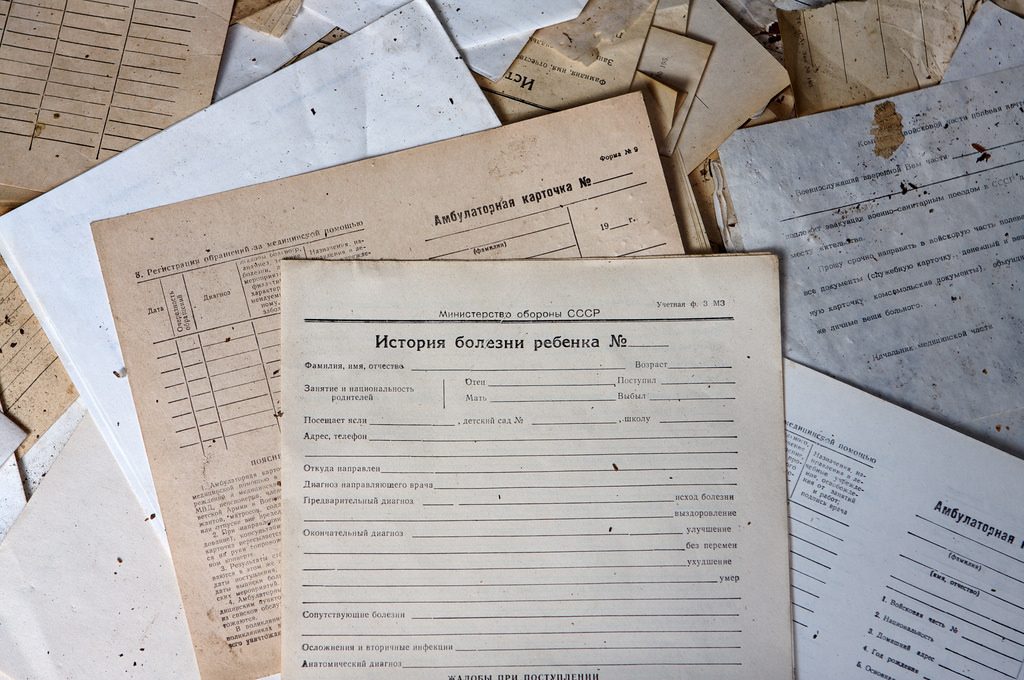How Do I Get Medical Care In Russia? (Part I) Posted by Maria on Jul 27, 2017 in when in Russia
Hopefully, your visit to or stay in Russia is free of health trouble. In any case, if, for any reason, you need to seek medical attention in Russia, here are some frequently asked questions about healthcare in Russia.
1. Where Do I Go?
Most of what is called primary care abroad is delivered through a network of state-run facilities called поликлиника (“polyclinics”). It is basically a community-based clinic for people living in a certain neighborhood (район) that provides general practitioner/primary care physician (терапевт) services, specialist services, lab work (анализы), and medical tests (медицинские обследования). Some doctors, called участковый врач, will make house calls (this service is called вызов на дом) for those needing urgent care. If you have a health insurance policy (полис медицинского страхования, often just полис), many basic services will be free.
There are also private clinics (частные клиники) where you will likely have to pay, but the service may be more patient-centered. Больницы (hospitals) often specialize in a certain area of medicine and provide in-patient services (пребывание в стационаре) — people refer to being admitted to a hospital as “лечь в больницу” (being in [a] hospital is “лежать в больнице“).
2. Do I Need An Appointment?
You will normally want to make an appointment to see a doctor — записаться на приём/взять талон к + dative for a provider or записаться/взять талон на + accusative for a procedure. Талон refers to the literal slip of paper with the details of your appointment. You can make your appointment in person (лично) or over the phone (по телефону). Nowadays organizations may handle appointments electronically.
- взять талон к кардиологу — make an appointment with a cardiologist
- записаться на анализ крови — schedule a blood test
3. Where’s The Waiting Room?
Traditionally, you would need to first check-in at регистратура (check-in window), usually located on the ground/first floor of the building. There, the receptionist would either start or find your patient chart (завести or найти карту пациента, respectively), which have until recently been exclusively on paper.
You would then take your chart and go upstairs to find the room (кабинет) of the medical provider you are looking for. Sometimes the staff has the chart sent up to the office because they don’t want patients tampering with records (not very patient-empowering, I know). You would wait your turn in line in the hallway outside the office door. American-style waiting rooms (приёмный покой) where you are called in from are uncommon.
Stay tuned for the second half of this post to learn who will be seeing you in the doctor’s office and how the visit will go.

Build vocabulary, practice pronunciation, and more with Transparent Language Online. Available anytime, anywhere, on any device.







Comments:
Moonyeen Albrecht:
Perhaps this will be covered in Part II but I will relate my personal experience. Twelve years ago I went to Russia on a university language study abroad program for six weeks in the summer. Upon arrival in our first city, St. Petersburg, I was rendered unable to walk because of a knee condition and required medical attention. Having been to St. Petersburg many times before I knew about the American Clinic so I requested being taken to the American Clinic on the Moika River embankment. I was there for three days, had three ambulance rides because I was taken to a Russian hospital for an MRI, had a private room with color TV and the bill came to less than $3,000 which I paid with credit cards. After I got home I was reimbursed by the student insurance except for a $50 deductible. Both St. Petersburg and Moscow have an American Clinic which is owned and run by an English-American business but staffed with Russian doctors and nurses who have been trained in “the west.” So if necessary, while in St. Pete or Moscow, have the information for the American Clinic handy. This is a very important blog. Thank you for writing about this subject.
Maria:
@Moonyeen Albrecht Moonyeen, that’s a great practical tip! Thank you. I would definitely recommend international clinics to visitors on short trips. They are moderately priced by US standards (I actually had two ultrasounds done in a private clinic for about $75 out of pocket). Moreover, the staff is more likely to speak English and have good bedside manner.